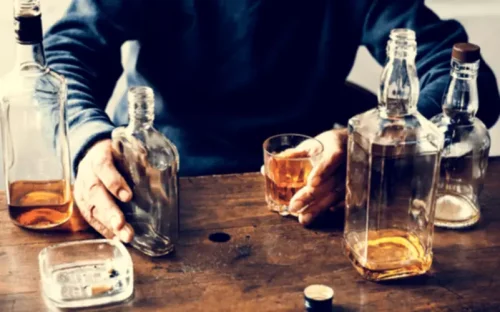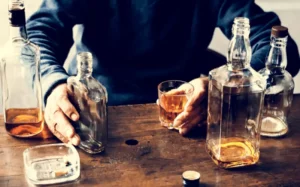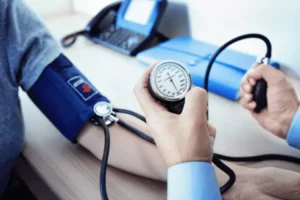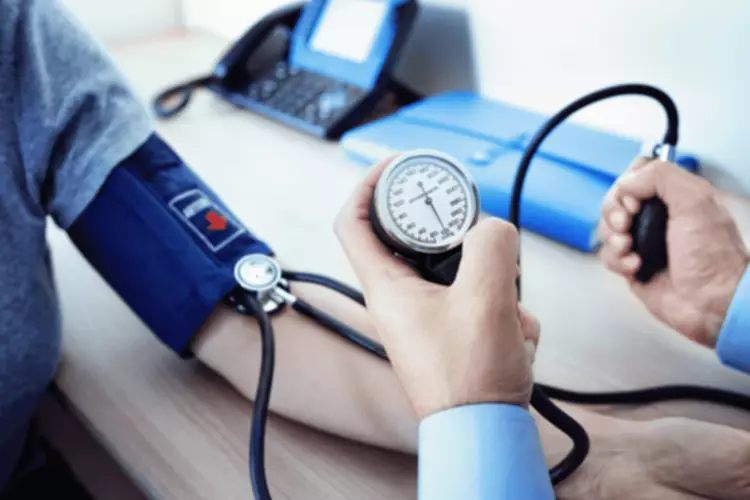
Too many people in the U.S. find themselves in this state of desperation because of opioid use disorder (OUD) — the medical condition that results when someone has an addiction to opioids. Factors like health insurance, housing and income can determine how long you remain on medication. Like a child, you also need to learn new behaviors and rebuild your life. It’s a journey to accept, control and heal the feelings that led to addiction. Some people may have to remain on medications indefinitely; for others, a doctor may taper them off. But doctors don’t know when the brain has reset itself and is no longer at high risk for substance use.

Heroin Addiction Explained: How Opioids Hijack the Brain

Rarely, opioids may be used to treat long-term pain that’s not caused by cancer when other treatments have not worked. Withdrawal symptoms may increase in severity over 72 hours before beginning to ease. Unlike withdrawal from other drugs such as alcohol or benzodiazepines, withdrawal from opioids is uncomfortable but rarely life-threatening.
How is opioid use disorder treated?

Disruptions to supply chains forced people to turn to drugs they were less familiar with, and social-distancing measures led more people to take drugs alone, which brings a greater risk of overdosing, analysts say. Additionally, vomiting often occurs during withdrawal, and the potential of vomiting under anesthesia greatly increases the risk of death. Because of this, most doctors hesitate to use this method, as the risks outweigh the potential benefits. Mild withdrawal can be treated with acetaminophen (Tylenol), aspirin, or nonsteroidal anti-inflammatory drugs (NSAIDs) such as ibuprofen.

Club drugs
- It can get so used to this, becoming tolerant, that it starts making less naturally2, which can mean you’ll need more of the substance to make up for the loss and take the substance more often to not experience a low.
- The medications most commonly used to treat opioid abuse attach to the brain cells’ mu opioid receptors, like the addictive opioids themselves.
- Opioid dispensing rates have declined from 81.3 prescriptions per 100 people in 2012 to 43.3 per 100 people in 2020.
- Although very useful to treat pain, these drugs can cause physical dependency and addiction.
- In addition, they may help people find stability in their lives by eliminating withdrawal symptoms when taken as recommended.
- Opioid addiction has been a major public health challenge for many years.
When this takes place under medical supervision, it is termed “medically managed withdrawal.” Morphine and codeine are examples of naturally occurring opioids. Manufactured opioids include oxycodone, hydrocodone, fentanyl, and methadone, among many others. While these opioids are all available by opioid addiction treatment prescription, illicit opioids, like heroin (and, increasingly, illicitly manufactured fentanyl), are not. In general, you are more likely to avoid addiction if you use opioid drugs no longer than a week. Research shows that using them for more than a month can make you dependent on them.
He is involved in training medical students and medical residents in opioid use disorder at Mayo Clinic. Dr. Lai is involved in healthcare policy within Mayo Clinic and at the state level, and lectures regularly across the country. Now, the medications, at least for opioid use disorder, come into effect because they satisfy that opioid receptor partially so that the person can engage in this therapy. This behavioral therapy, 12 step meetings, any type of one on one psychotherapy they can engage in more wholly to be present because they’re not suffering from this constant distraction of a craving. These medications, such as buprenorphine, buprenorphine, naloxone, help satisfy that receptor so that the person doesn’t have this craving to go out and use again. Dr. Alta DeRoo’s record of accomplishment includes a 24-year career in the U.S.
- Someone who’s started using substances may show signs of inebriation, like stumbling when they walk, slurring their words, or seeming spaced out.
- Drug tolerance and dependence are a result of taking any opioid drug for a long time.
- Because the symptoms can be severe, you’ll want to take opioids to allow your body to release the endorphins that make you feel good again.
Buprenorphine
- But progress is being made in helping those who are affected by opioid addiction—or, as it is known in the medical world, opioid use disorder (OUD)—to overcome it.
- Or contact your local law enforcement agency or your trash and recycling service for information about local medicine takeback programs.
Drug distributors serve as middlemen between drug manufacturers and the pharmacies and hospitals that dispense medications to patients and customers. The city’s lawsuit originally included a number of other pharmaceutical companies, including manufacturers and pharmacy chains. Telemedicine saves lives by increasing access to buprenorphine, a life-saving treatment for OUD. For people in rural or underserved areas, traveling long distances to see a qualified prescriber can be an overwhelming obstacle.


